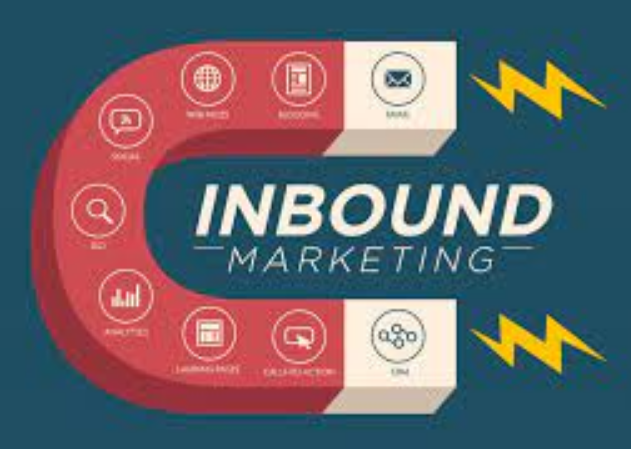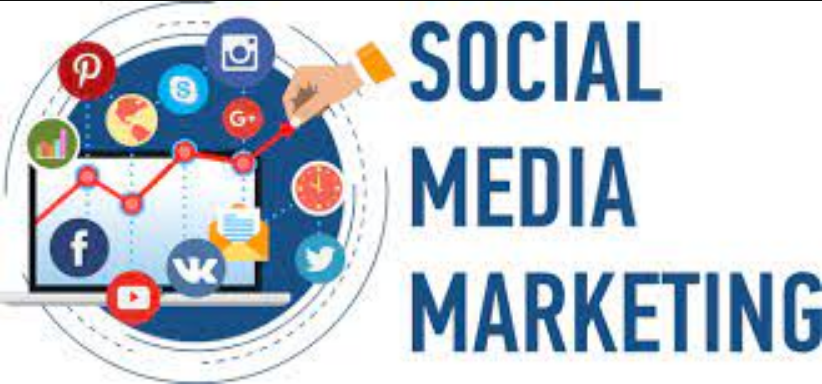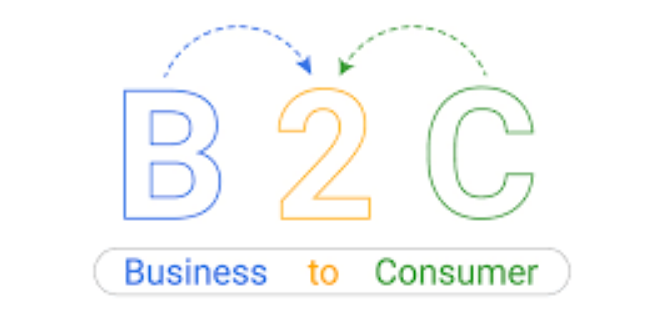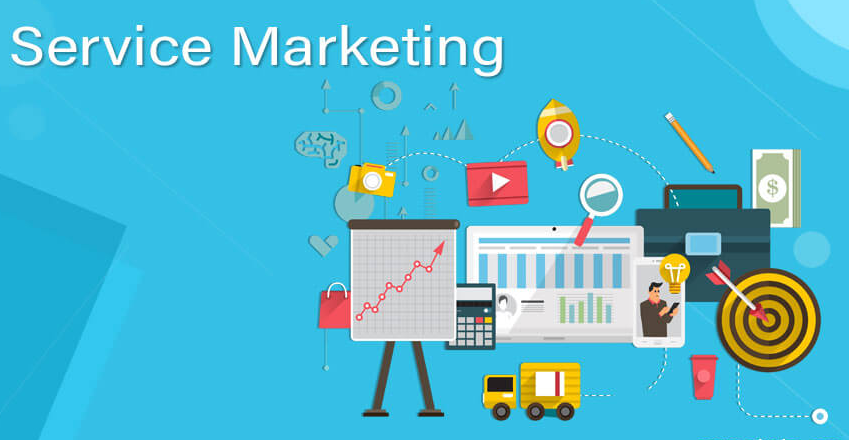
Finding the best type of marketing strategy to achieve these goals in any business model can be time consuming… and perhaps even a little tricky. That’s why we’ve put together the key growth strategies for successfully executing your marketing plan in one article with two lists – one for B2B and one for B2C.
Top B2B Marketing Strategies

Content marketing emphasizes learning rather than selling to influence buying behavior. This strategic marketing approach uses content to attract and convert active leads during online searches.
User-generated content can take the form of infographics, master pages, podcasts, blogs, white papers, webinars, ebooks and more. Video is by far the most popular form of B2B content marketing. Nearly 70% of B2B marketers consider short films, animations, and explainer videos to be major expenditures on their budgets, citing the growing value of engagement, which is also worth the investment.
Content marketing works because it:
Attract potential customers through the sales funnel
Increase brand awareness, credibility, trust and appeal
Align relevant content, target market and key decision makers
Incoming marketing

Incoming is by far the most effective B2B marketing strategy. Why? In short, it focuses on attracting, engaging and satisfying customers by providing in-demand solutions and related, meaningful content.
Incoming marketing works because it does:
For any size or type of business
Create more knowledgeable leads
Can be easily integrated and managed with customer relationship management (CRM) and content management systems (CMS) such as HubSpot.
SMM

Social media marketing aims to provide users with content they find valuable and want to share on their social networks. Customized content for each social media platform (Facebook, Twitter, LinkedIn, YouTube and Instagram) drives interaction and promotes your brand, increasing visibility, website traffic and growth potential.
Social media marketing works because it:
Reduces marketing costs while increasing leads
Brand engagement, “humanity” and trust
Support and improve SEO effectiveness
Account-based marketing and retargeting advertising

Account-Based Marketing (ABM) uses highly personalized campaigns to find a targeted set of B2B customers-new contacts in different departments of the company with whom you already have a relationship, or to identify those with similar desirable business characteristics. Company and sending key contacts the content of your choices.
Because of its narrow focus, ABM offers marketing and sales teams many benefits, including faster sales processes, cost efficiencies and more efficient use of marketing resources. But as with all things ABM, it’s important to remember that ABM is not the same as outbound marketing. It’s a more thoughtful, personal and strategic approach than impersonal, generic outreach.
ABM works because:
Simplify the sales cycle by targeting high-value customers
Ideal for visitor segmentation and personalized messaging
Use technology to automate and manage activities
Earning media and PR

Earned media (or “earned media”) is advertising from unsolicited and unpaid sources.
Word of mouth, media mentions, backlinks, social media posts, subscription articles you write for industry publications, etc. – these are all examples of earned media in action. Each is an effective way to increase brand awareness, web traffic and conversion rates, but there are many others.
Earned media and PR work because they do:
Usually a “free” advertising channel.
Comes uninvited, so instantly generates credibility
Raises awareness of valuable, educational and trustworthy content
Industry events

Multi-person and online trade shows remain the best B2B networking tools because they bring industry companies together in one place – whether through a physical, virtual or hybrid event – to connect and showcase their latest products and services.
“The new normal,” brought on by the pandemic, has forced creative use of technology to empower trade shows.
In-person and online trade shows work because they:
Focus on meaningful interactions and relationship building
Are often well attended, creating a rich targeting environment for potential customers
Give businesses of all sizes access to the same audience and information
Conversational marketing

Conversational marketing is simply talking. Real-time interaction via chatbots or live chat brings the right information to potential customers and clients at the right time and allows for immediate follow-up questions.
Conversational marketing works because it:
Eliminate impersonal levels of potential customer capture and create an authentic, personalized customer experience.
Facilitates clear communication – customers can clearly state their needs, and it’s easier for companies to understand and help because there’s proper context around the request.
Strengthen relationships because bots can also recommend additional content in addition to educating buyers.
The best business-to-consumer marketing strategy

As a new customer acquisition agency focused on helping grow complex B2B industries, we don’t claim expertise in B2C marketing. However, in the course of our research, we found some compelling surveys, statistics and data that informs these 5 key ways that B2C marketers commonly use:
Impact Marketing

Impact marketing uses the reputation and social support of an “expert” in a particular field to promote a brand. Influencer endorsement and product placement provide the greatest return for B2C businesses, which is why 61% of marketers include influencer marketing in their planning strategy.
Video and audio content

Video and audio content are two big trends in B2C. Short videos are already a staple content for 33% of B2C marketers, and that number is expected to nearly double next year. Why? Video is a staple of social media. It drives marketing strategies that increase brand awareness (49%), product advertising (44%) and revenue (43%).
Audio content, especially podcasts, are slowly gaining popularity in the B2C space, but that’s changing for several reasons. People are increasingly craving immersive interaction with a brand through video and audio, or more simply, the power of sound. It is believed that a larger market segment can be reached because the personality and message connects with the audience on a more “human” level.
Electronic commerce

E-commerce is a strong proponent of B2C. With an estimated 2.41 billion people worldwide buying goods and services online in 2021, competition is fierce. Experienced marketers see the pandemic-induced e-commerce explosion as an opportunity to implement dynamic, customer-centric marketing strategies. In addition to those mentioned here, there is also a focus on improving on-site personalisation, the UX of mobile shopping and subscription-based services. Maintaining flexibility and responsiveness in e-commerce appears to be the solution to capturing a $6.5 trillion sales share by 2023, or 22% of global retail sales.




